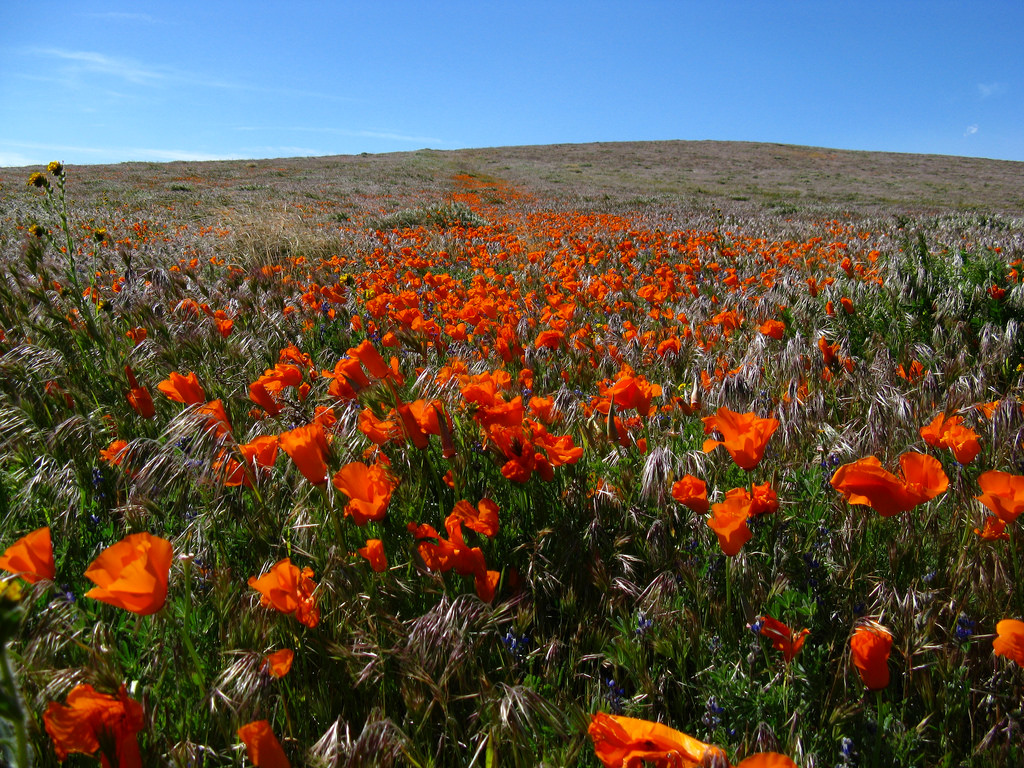Climate change is altering the cues that most plant species use to determine when to begin flowering in the spring, and when to go dormant in the fall. Understanding how plants will or will not adjust the timing of these life events — their phenology — is critical for anticipating and responding to climate change, and a new coalition of botanists across the California, including CSUN Professor of Biology Paul Wilson, is working to draw on the phenology data embedded in research herbarium collections of dried, pressed plant specimens.
One of the workaday activities of botany is collecting and curating plant specimens, which are mostly preserved by pressing and drying them, and fixing them to archive-grade paper sheets for storage, alongside data about where, when, and how each specimen was collected. The California Phenology Thematic Collections Network, CAP TCN, will coordinate work at herbaria across the state to annotate the phenological state of dried specimens — whether they’re in flower or bearing fruit, for instance — and make the data available through the California Consortium of Herbaria web portal. The work of annotation will be partially crowd-sourced through the Notes from Nature platform, which invites members of the public to transcribe and describe digital images of herbarium specimens.
Lead researchers on the collaboration describe the CAP TCN collaboration and the progress of the project in a paper published Open Access in the journal Madroño.
Image: California poppies bloom in the Antelope Valley California Poppy Reserve, 2009 (Flickr: Michael Huey)

